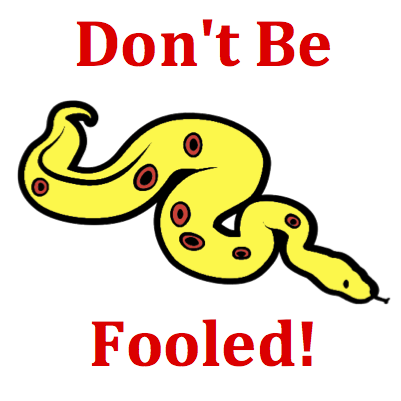Hold down the T key for 3 seconds to activate the audio accessibility mode, at which point you can click the K key to pause and resume audio. Useful for the Check Your Understanding and See Answers.
Mission WE1 Work - Question Group 4 Help

Which of the following are examples of work being done (either positive or negative) upon an object?

When a force acts upon an object to cause (or to hinder) a displacement, work is done upon the object. Mathematically, work is the dot product of the force and displacement for such a situation.

As the definition of work implies, there are three ingredients of work: force, displacement, and cause. There must obviously be a force acting upon an object; the object must be displaced or moved from its position. And there must be a cause-effect relationship between the force and the motion. So in analyzing each scenario, ask "Is there a force that is acting upon an object to cause that object to be displaced or moved from its position?"

There are two sources of confusion with regard to work. First, many students simply regard a situation of a force acting upon an object as being a sufficient signal that work is being done. But don't be fooled! The force must do more than act upon the object; it must cause the object to move. If an object doesn't move, then one can be certain that no work is done upon it.
The second source of confusion has to do with the cause-effect relationship between F and d. The force must cause the displacement that is observed. If the force acts at right angles to the direction of movement, then the force is NOT doing work upon the object. Mathematically, this would be the situation in which the angle Θ is 90 degrees and the cosine (Θ) is 0. See Formula Frenzy section.

W = F • d • cosine(Θ)
